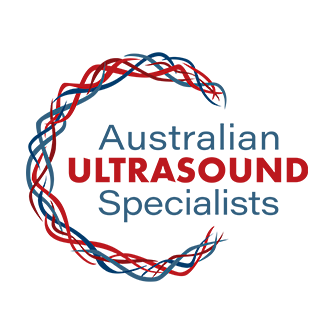
Vasectomy procedure vs. tubal ligation (tubes tied).
As a couple, selecting the most appropriate birth control method can be a lengthy and confusing process. If you and your partner have already had children, or are not interested in ever having a child, then you may wish to consider the more permanent forms of birth control- a vasectomy or tubal ligation.













